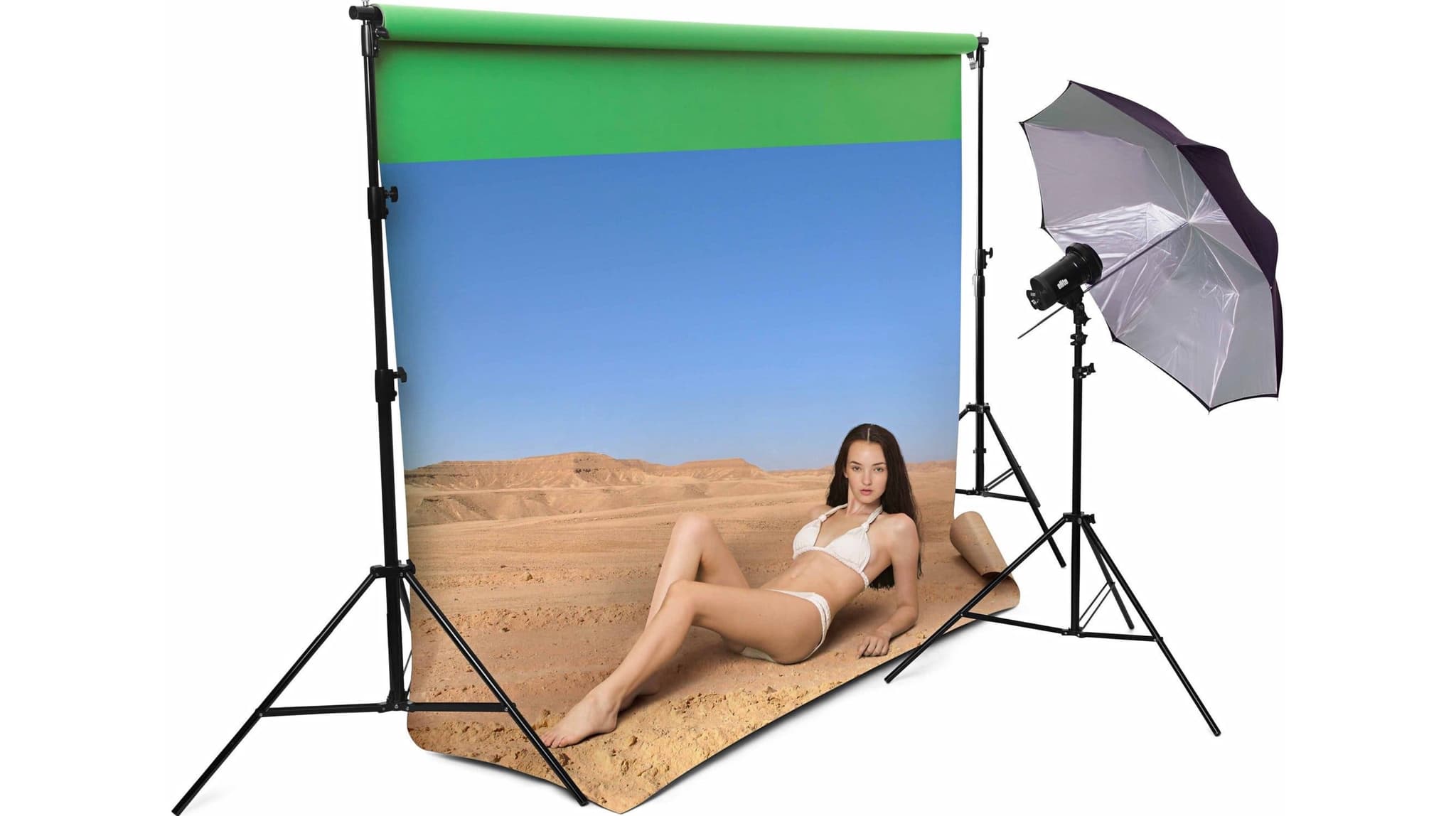At DIS Magazine, Not The Usual Rules
November 2012

NOT everyone in the fashion world understands DIS Magazine. But for a self-described online “post-Internet lifestyle magazine” that gets its name from an oppositional prefix, that is to be not only expected but perhaps even intended.
Click through the site’s Distaste, Dystopia and Dysmorphia sections, and you’ll discover (ahem) a fiercely analytical take on the runway that is worlds away from the rose-colored glasses of Vogue.com or Style.com. In an industry in which editorial content and advertising sometimes seem to merge, DIS’s editorial mission is to interrogate and collapse hierarchies.
To wit: the mainstream streetwear designer Christian Audigier is treated with the same reverence as Rei Kawakubo; Axe Body Spray is reviewed with the fervor most style blogs reserve for a Frédéric Malle perfume; and a “Best and Worst” section is a stream of no-holds-barred reviews that will go as far as to suggest alternatives to lackluster collections.
“We are more interested in Burlington Coat Factory than Prada,” said Lauren Boyle, who started the site in 2010 with Nick Scholl, David Toro, Solomon Chase and her husband, Marco Roso. Mr. Toro, Mr. Chase and Ms. Boyle are also the editorial directors of the Web site Vfiles. Mr. Roso is a creative director at Grey New York, and Mr. Scholl is a freelance Web designer.
“Alber Elbaz once said: ‘Where uptown and downtown meet, but not in Midtown. We hate Midtown,’ ” Ms. Boyle said. “I think that statement says a lot about fashion, and we pretty much feel the opposite. Midtown isn’t high or low, it’s medium. For us that’s where the fertile, untrodden ground is. Mass-market department stores are not where the trends go to die, it’s where they culminate.”
It’s a serious mission statement, but executed with a sense of unseriousness. “We’re not that precious,” Ms. Boyle said. “We move along pretty fast.”
For “Shoes in Shoes” under its “new style options” section, DIS recommends “shoe layering” as a “cross-seasonal option for style hybrids and as a simple method for shoe size reassignment.” This means wearing shoes by Vibram FiveFingers under beach sandals by Guess, or slipping Velcro Tevas over Marc Jacobs flats. Not your typical trend report.
“We don’t subscribe to the same rules that fashion magazines do,” Mr. Toro said. There is no editor in chief or masthead (not even an office), no ads on the site or market-driven editorials and, Ms. Boyle said, no staff other than the five founders, ages 29 to 40.
Much of the content DIS produces tweaks the concept of image-making. Who says a Christopher Kane jacket can’t be paired with Under Armour leggings, as the editors did for their “Fit in Society” editorial? When exaggerated shoulder shapes were all the rage seasons ago, they ran an article called “Shoulder Dysmorphia” that used retouching to mimic the trends using the musculature of the models.
“Most of our images are not sexy,” Mr. Roso said. “We are raising options and questions, but not answers.” This lack of regard for conventional commercial context has helped make the DIS crew an emerging presence on the international art-world circuit. Its work was featured in an exhibition at the New Museum in 2010, and the editors staged a hit Kim Kardashian look-alike competition with MoMA P.S. 1 at Art Basel Miami Beach last year.
They also recently announced “DIS Crit,” a global contest for art students; the winner gets a “residency” at the contestant’s local Starbucks, a $100 gift card to the coffee chain and art critiques over Skype with Lauren Cornell, a curator at the New Museum. A coming anthology of DIS’s work is to be published by Rizzoli in the spring.
“They subvert the very language of fashion, art and advertising, right down to making ugly a compliment,” said Sarah McCrory, a curator for Frieze Projects 2012, who commissioned DIS to make site-specific work for the Frieze Art Fair in London last month. “Some of their work is so ugly, yet so brilliant and appealing.”
This is hardly the compliment that strengthens bonds with fashion public relations folks.
“We always joke that showrooms won’t lend us clothes,” Mr. Chase said. “We laugh that stylists who work with us end up ruining their careers. There are definitely agencies who have contacted us asking to take off a model’s name.”
Humberto Leon and Carol Lim, the founders of Opening Ceremony and the creative directors of Kenzo, are one exception. For Kenzo’s fall men’s collection, DIS created a short film with male models acting out innocuous corporate stock-photography vignettes, complete with a faux watermark.
“We loved the video because it was so unexpected,” Mr. Leon said. “So many fashion films are so commercial but disguised as art. So it was really interesting for them to turn that around and make an overtly commercial project that ended up feeling more artistic than most art projects.”
Could DIS make it to the newsstand? “We’ve always been interested in the limitations of fashion and the limitations of the Internet,” Mr. Toro said.
By Alex Hawgood